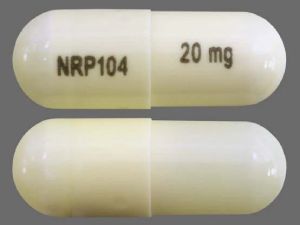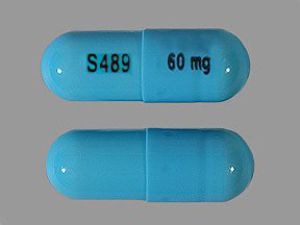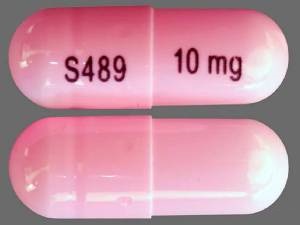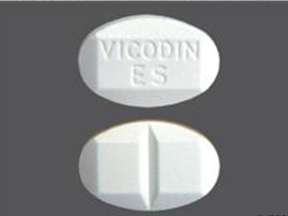Key Information about Vyvanse 20 mg:
- Dosage for Vyvanse 20mg:
- 20 mg is considered a lower starting dose of Vyvanse. The typical dosage range for ADHD treatment can vary, and a healthcare provider will adjust the dosage based on individual response and needs.
- It’s important to follow the prescribing doctor’s instructions regarding dosage and timing.
- Administration:
- Taking Vyvanse in the afternoon or evening may cause insomnia or difficulties sleeping.
- Mechanism of Action:
- Vyvanse is a prodrug, meaning it is inactive until metabolized in the body.
- Side Effects:
- Common side effects may include decreased appetite, dry mouth, insomnia, increased heart rate, and anxiety.
- Serious side effects can include cardiovascular events, increased blood pressure, psychiatric disorders (e.g., hallucinations or mania), and growth suppression in children.
- It’s important to contact a healthcare provider if severe side effects or allergic reactions occur.
- Precautions:
- Before starting Vyvanse, inform your doctor about any medical history of heart problems, mental health disorders, or substance abuse.
- Interactions:
- Vyvanse may interact with other medications, including monoamine oxidase inhibitors (MAOIs), antidepressants, and certain antihypertensive drugs.
- It’s important to discuss all medications and supplements with a healthcare provider to avoid interactions.
- Monitoring:
Periodic evaluation of the need for continued treatment is also important.
If you are considering Vyvanse or have been prescribed it, it’s crucial to have ongoing communication with a healthcare provider to ensure it is safe and effective for your specific situation.






Reviews
There are no reviews yet.